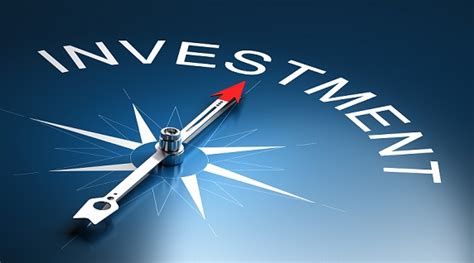The 30s represent a pivotal decade for men to solidify their financial future, especially concerning retirement savings. With youth still on their side and careers often gaining momentum, this period offers a prime opportunity to harness the power of time and strategic investing. By making informed decisions now, men can establish a robust foundation that will pay substantial dividends decades down the line.
The Unrivaled Power of Compound Interest
One of the greatest advantages of investing in your 30s is the extensive runway available for compound interest to work its magic. Compound interest is essentially earning returns on your initial investment plus the accumulated interest from previous periods. The earlier you start, the longer your money has to grow exponentially, turning even modest initial contributions into significant wealth over time.
Delaying investment by even a few years can drastically reduce your potential retirement nest egg due to missing out on this compounding effect. Therefore, making consistent contributions, even if they seem small initially, is far more impactful than waiting until your 40s or 50s to start investing larger sums.

Prioritize Tax-Advantaged Retirement Accounts
The first strategic move for men in their 30s should be to maximize contributions to tax-advantaged retirement accounts. These accounts offer significant tax benefits that can accelerate wealth accumulation:
- 401(k) or 403(b): If offered by your employer, contribute at least enough to receive the full employer match – this is essentially free money. Beyond the match, aim to maximize your contributions up to the annual limit. Contributions are typically pre-tax, reducing your current taxable income, and growth is tax-deferred until retirement.
- Individual Retirement Accounts (IRAs): Whether a Traditional IRA (tax-deductible contributions, tax-deferred growth) or a Roth IRA (after-tax contributions, tax-free growth in retirement), these accounts provide flexibility and additional savings capacity. Roth IRAs are particularly attractive for men in their 30s who anticipate being in a higher tax bracket in retirement.
- Health Savings Accounts (HSAs): If you have a high-deductible health plan, an HSA offers a triple tax advantage: tax-deductible contributions, tax-free growth, and tax-free withdrawals for qualified medical expenses. Many treat HSAs as an additional retirement investment vehicle, as funds can be withdrawn without penalty for any reason after age 65, taxed only as ordinary income.

Diversify Your Investment Portfolio Wisely
While the 30s allow for a higher risk tolerance due to the long investment horizon, diversification remains key to managing risk and optimizing returns. A well-diversified portfolio typically includes:
- Stocks/Equity Funds: These offer the highest potential for long-term growth. Investing in broad-market index funds (like S&P 500) or exchange-traded funds (ETFs) is often recommended over individual stocks for most investors, as they provide instant diversification across many companies.
- Bonds/Fixed Income: As you approach your late 30s, or if you have a lower risk tolerance, introducing a small percentage of bonds can provide stability. Bonds generally have lower returns but also lower volatility than stocks.
- Real Estate (indirectly): While direct real estate investment might be a separate strategy, men in their 30s can gain exposure through REITs (Real Estate Investment Trusts) within their investment accounts, offering diversification into the property market.
Consider a balanced asset allocation strategy, perhaps 80-90% stocks and 10-20% bonds/cash, adjusting based on individual risk tolerance and financial goals. Regularly rebalance your portfolio to maintain your desired asset allocation.

Maintain Consistency and Increase Contributions
The most powerful strategy is simply to be consistent. Set up automatic contributions to your retirement accounts from each paycheck, ensuring you’re continuously investing without having to think about it. As your income grows through promotions or job changes, make it a priority to increase your contribution percentage. Even a 1% increase each year can significantly impact your retirement savings over two to three decades.
Avoid trying to time the market. Regular investing through all market cycles (dollar-cost averaging) smooths out volatility and often leads to better long-term results than sporadic, emotional investing decisions.

Consider Supplementary Investment Vehicles and Professional Advice
Once tax-advantaged accounts are maximized, men in their 30s can explore other investment avenues:
- Taxable Brokerage Accounts: For savings beyond retirement, a standard brokerage account offers flexibility, allowing access to funds before retirement age without penalty.
- Real Estate: Beyond REITs, some might consider direct real estate investments (e.g., rental properties) if they have the capital and time for active management.
Lastly, don’t underestimate the value of professional guidance. A certified financial advisor can help assess your specific situation, determine your risk tolerance, create a personalized investment plan, and keep you on track. This can be particularly useful for navigating complex investment options or planning for significant life events.

Conclusion
Investing in your 30s isn’t just about saving money; it’s about strategically leveraging time, tax advantages, and disciplined habits to build substantial wealth. By prioritizing tax-advantaged accounts, diversifying intelligently, staying consistent with contributions, and potentially seeking expert advice, men can set themselves on a trajectory for a financially secure and prosperous retirement.




